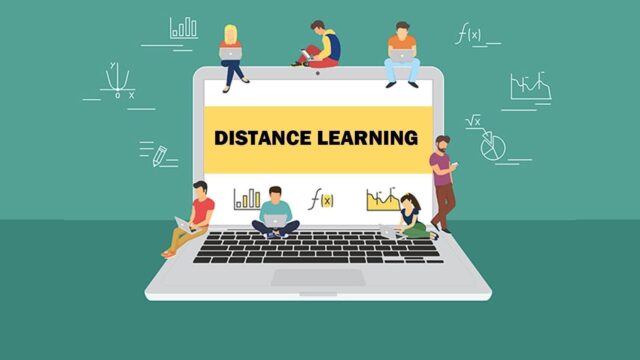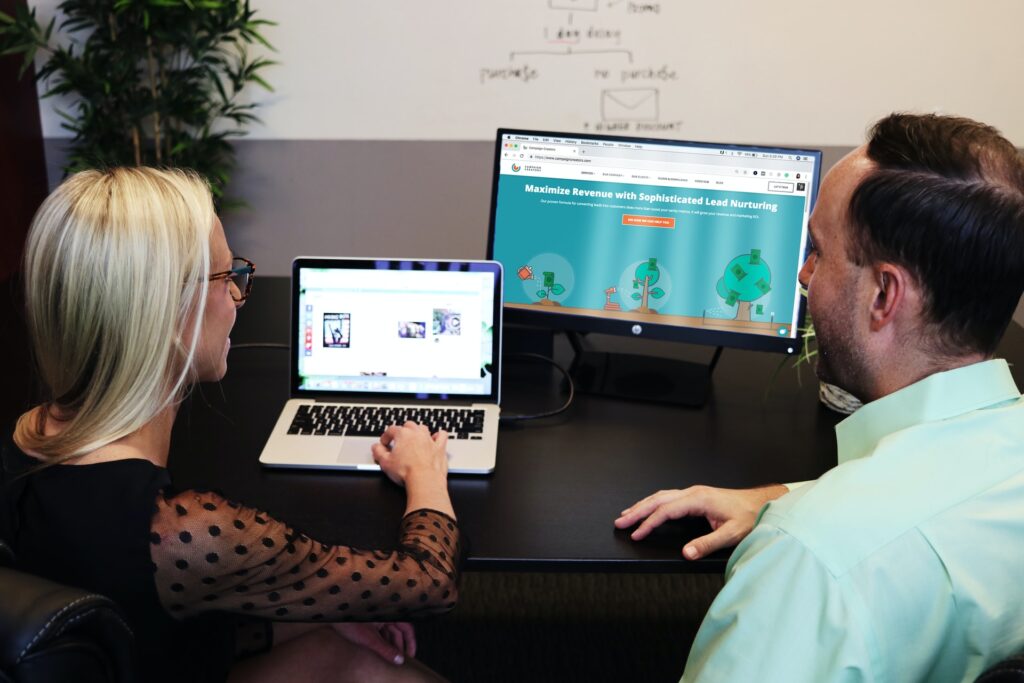
Around March 2019, when schools and universities shut down due to COVID-19, many parents assumed that it would not be for more than a couple of months. However, the year is about to end, and things are still not getting back to normal. Parents are starting to worry about their children’s education and how to go about it. Some have decided to homeschool their children. However, homeschooling needs a full-time commitment and can be hard to manage if parents are working themselves. Children also find it hard to learn from their parents instead of teachers.
The other option that many parents are starting to explore is distance learning. It requires less effort and time from the parents, and children can learn from professionally-qualified teachers. Let us look at some of the advantages and disadvantages of distance learning.
1. Advantages:

- One of the advantages of distance learning is its flexibility. Children can work anywhere they want to and on any device that they are most comfortable with using. It does not mean that their workload is lesser than what they used to do during physical learning. There is only flexibility in when, how, and where they are studying. They do not have to confine themselves in a classroom.
- It is more convenient. Parents save up on the time of picking and dropping their children at school.
- Quality education is easy to access. Parents no longer have to worry about moving to a different place to ensure their child is closer to the best school. They can gain knowledge from the best schools with no geographical barriers.
- It allows personalized learning. Children often do not get individual attention at school because there are several students in the same class. However, distance learning provides them the teachers’ attention. They can tailor the learning experience according to the child’s needs.
- Distance learning seems less intimidating for shy students. They might be able to raise questions and thoughts more comfortably on an online platform where the chance of getting judged by peers is minimal.
2. Disadvantages:

- Lack of peer interaction. It is one of the disadvantages of remote learning, as young children need to socialize with other kids their age. They might feel isolated sitting behind the screen during the day and not sharing the same physical space as their peers.
- Technology can be overwhelming for some. The dependence on technology is a disadvantage because any malfunctioning software can interrupt the learning process. If the internet connection is not good, it would have negative impacts on the class’s effectiveness.
- It requires the parents to keep a vigilant eye on them. Staying motivated and keeping up with the assignments might be more difficult for students who are not physically attending the classes. Parents need to take out time and be involved in their children’s learning experience to ensure that they are not lagging.
3. How to make remote learning work for your children?

- Assess your situation. Before enrolling the children into distance learning at any institute, they should first look at its plan for the upcoming year. Does the school curriculum prioritize interaction overclocking six straight hours online? Keep in mind to discuss the time that you would require to assist your children. Younger kids need more assistance.
- Parents need to make sure that kids do not lose the socialization element. While academics are essential for development, so is learning social skills and making friends. They need to develop conflict management, discipline, and emotional regulation, which is difficult to pick up remotely. Parents can overcome this hurdle by giving their children safe physical interaction whenever possible. They can do that by reading them a book or hosting a small discussion group once a week, where children sit together and discuss what they have learned that week.
For discipline, parents can help their children in making a daily timetable that has a fair amount of free time for unstructured and physical activities. It is unhealthy for them to sit behind a screen for long hours. Frequent breaks make learning more efficient.
- Invest in an efficient monitoring app for kids to keep a check on their online activities. Older children often feel demotivated when they are not under the direct supervision of an adult. That might lead them to stray away from work activities and use the internet for fun purposes. With a kid’s monitoring app installed on their device, they would know that all their online activities get checked regularly.
One of the best kids’ monitoring apps for this year is XNSPY. It offers many features that let parents keep a vigilant eye on their children’s online activities. Some of the most popular features include:

- Access to the children’s phone calls, contacts, and multimedia files. These include all the photos and videos on the monitored device. Parents can download phone calls and listen to them at their convenience.
- Let’s parents monitor all the SMS, IM chats that include WhatsApp, Viber and Skype, and iMessage. Parents can use this information to check how well their children are interacting socially and the kind of friends they have.
- Track their current location using the GPS-tracking feature. It is a helpful tool in ensuring the child’s safety when they are out. If the parents are out for work, they can also use the feature to check if their kid is at home for their online class.
- Define suspicious words and contacts and receive instant alerts on their usage. When children have free access to the internet, they can use it to search for different content that might not be suitable for their age. By using this feature, parents can intervene if they get alerted of any suspicious words that are searched by their children.
- Parents can view their children’s search history and their bookmarked pages to check if the content they are viewing is appropriate for their age.
- Parents can check their children’s appointments and schedules. It can help to see in advance if any assignments or tests are due. They can be ahead of their game by asking their children if they have prepared for those assignments in time.
- Parents can remotely turn on the microphone of the monitored device and listen to the surrounding voices. It can be helpful when parents are working. They can turn on the microphone and listen to how their children are interacting in their online classes and check to see that they are not missing any.

- It gives parents access to their children’s social media profiles. They can regularly check it to ensure that their child is not getting bullied by anyone.
- Allows access to check their emails. Parents can review all the emails sent and received on the monitored device. They can check to see that their children are not sharing any personal information with anyone that can be dangerous for them.
It makes the parents’ life easy as they do not always need to be physically present with their children for their classes. They can concentrate on their work or chores and still make sure that their children are doing their distance learning efficiently.







